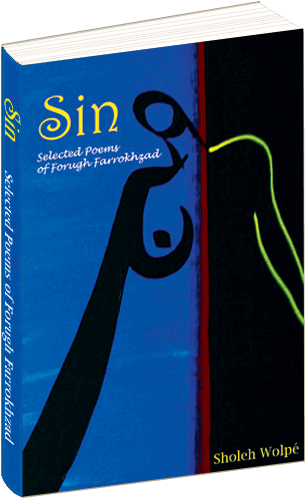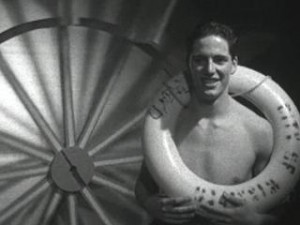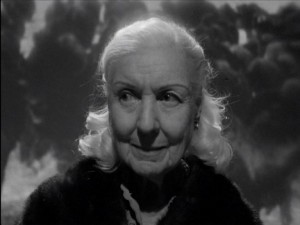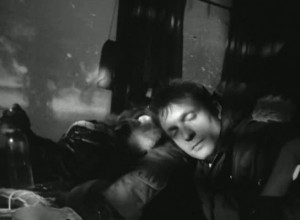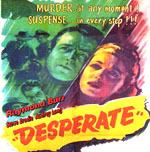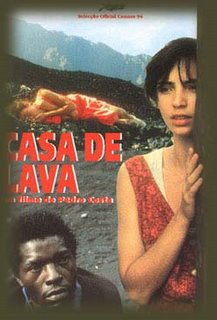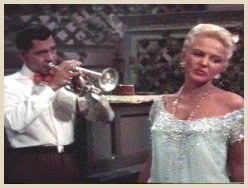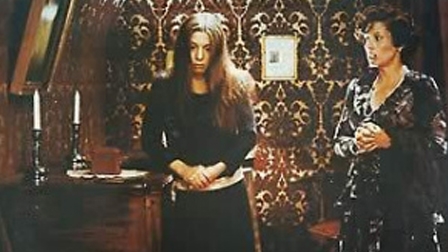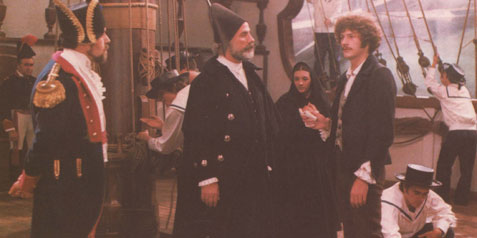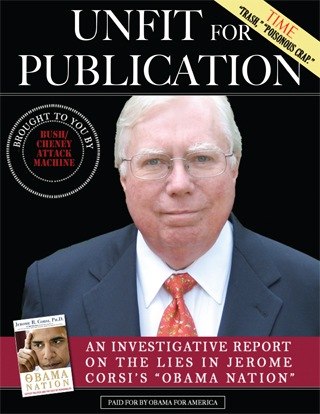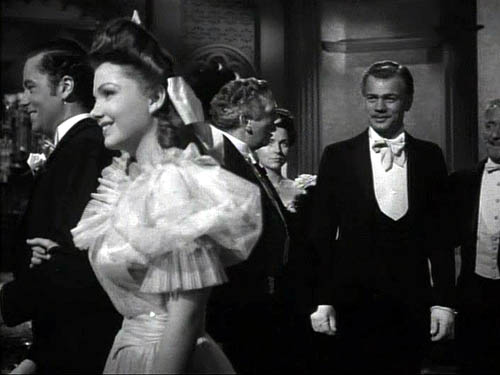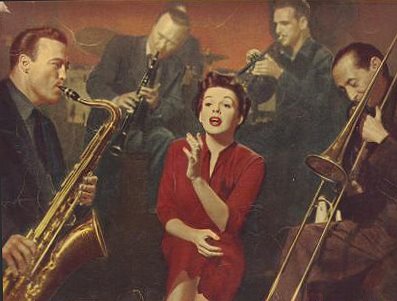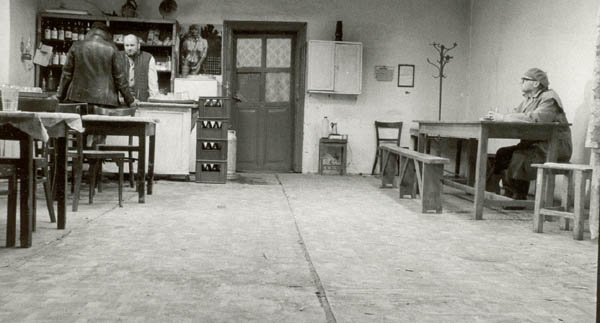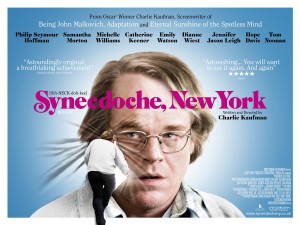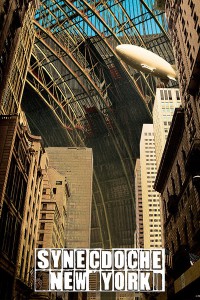SIN: SELECTED POEMS BY FORUGH FARROKHZAD, translated by Sholeh Wolpé, Forward by Alicia Ostriker, Fayetteville: The University of Arkansas Press, 2007, 134 pp.
I came upon this book quite by chance yesterday, while browsing through a bookstore. Although I have three earlier collections of Forugh Farrokhzad’s poetry in English (BRIDE OF ACACIAS, translated by Jascha Kessler with Amin Banani, Delmar, NY: Caravan Books, 1982; A REBIRTH, translated by David Martin, Costa Mesa, CA: Mesa Publishers, 1997; and REMEMBERING THE FLIGHT: TWENTY POEMS BY FORUGH FARROKHZAD, translated by Ahmad Karimi-Hakkak, Port Coquitlam, B.C., Canada: Nik Publishers, 1997), and one book in English about her poetry (A LONELY WOMAN: FORUGH FARROKHZAD AND HER POETRY by Michael C. Hillmann, Washington, D.C.: Three Continents Press and Mage Publishers, 1997), all these books have been and remain extremely difficult to come by, and apart from the Hillman (jn an earlier edition), none of these is even mentioned in the “Recommended Reading” at the end of this new volume.
It’s a sad fact that while apparently you can go into any good-sized bookstore in Iran and expect to find translations of the major works of William Faulkner (or so I’ve been told by Iranian friends), finding any translated book by the most important Iranian woman poet of the 20th century (1935-1967) in even a large American bookstore has been virtually impossible up until now. Read more

